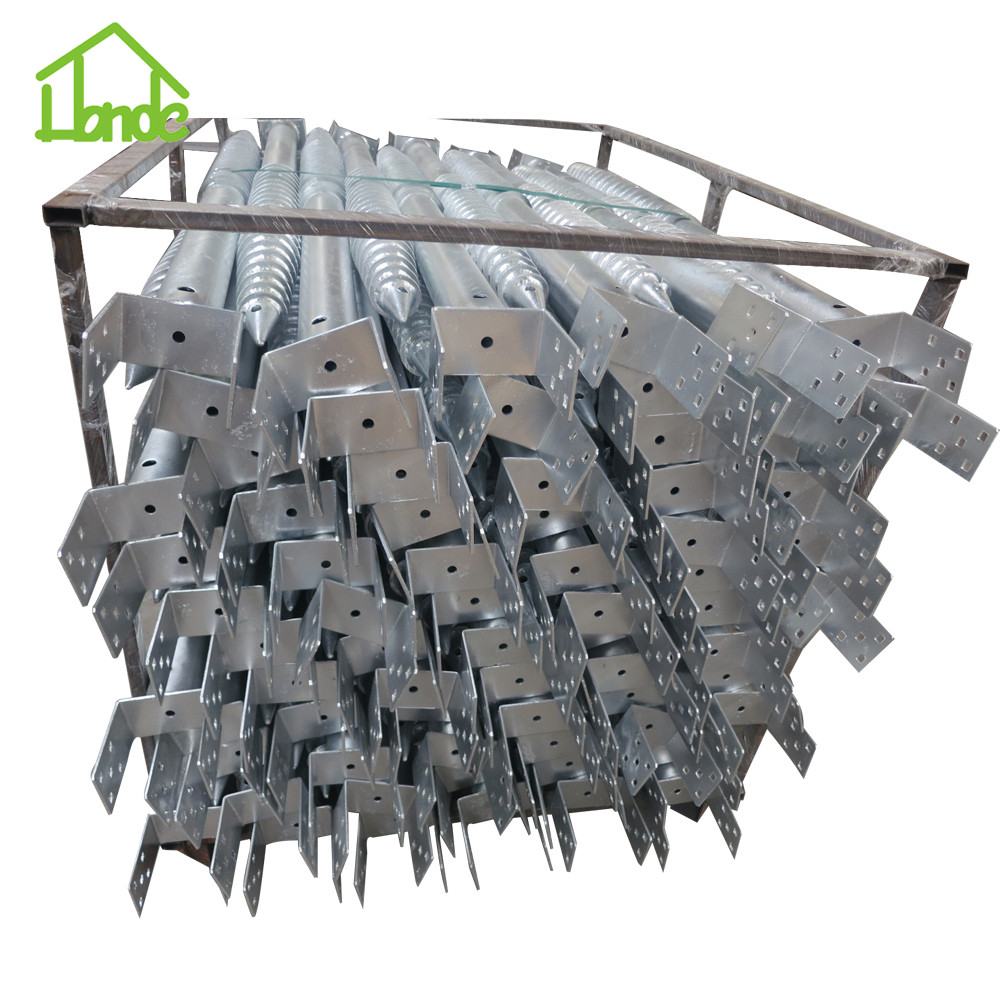(1) Battery electromotive force (E): The terminal voltage between the positive and negative terminals measured by the battery without load, that is, the positive and negative terminal voltages at the time of open circuit.
(2) Internal resistance of the battery (R): After the battery is connected to the load, the measured terminal voltage (U) and the current flowing through the load (I), then the internal resistance (R) of the battery is (EU) / I. The internal resistance of the battery shall include: the resistance of the positive and negative plates of the battery, the separator (membrane), the electrolyte and the connection. The smaller the internal resistance of the battery, the larger the capacity of the battery.
(3) Final voltage: The threshold voltage when discharging to the terminal voltage drops sharply. If the battery is re-discharged, the battery will be damaged. At this time, the battery terminal voltage is called the final voltage. Different discharge rates have different discharge end voltages, U final = 1.66 + 0.0175h, where h is the discharge hour rate, such as 1 hour discharge rate, U final = l.66 + 0.0175 × 1 = 1.68V, if used 10 hour rate discharge, U final = 1.66 + 0.0175 × 10 = 1.835V.
(4) Discharge rate: Under certain conditions, the discharge rate of the battery to the final voltage is called the discharge rate. The magnitude of the discharge current is expressed by the time rate and current rate. A discharge current is usually used at a rate of 10 hours. That is, the capacity of the battery is put to the final voltage within 10 hours.
(5) Charging rate: Under certain conditions, the charging current is called the charging rate. The commonly used charging rate is the 10-hour rate, that is, the charging time takes 10 hours to reach the end of charging. When the charging time is shortened, the charging current must be increased, and conversely, the charging current can be reduced.
(6) Cycle life: The battery undergoes a charge and discharge, which is called a cycle. The number of cycles a battery can withstand is called the cycle life. The cycle life of fixed lead-acid batteries is about 300~500 times, and the cycle life of valve-regulated sealed lead-acid batteries is about 1000~1200 times, and the service life is generally more than 10 years.
U Ground Screws , also named driven piles in Russia and sometimes it is called U Ground Anchors in Canada and in America. Why is named U Ground Screw we call? Because of the top of this type Ground Screw has one open [U box".The U shape in the top of Ground Screw Anchors have important effect to support wood bars, building supports and other connectors. Ground screw type U look like very stable and can hold on heavy gravity. The structure of U ground screw anchors includes two parts, one is U box on the top, which can hold more power, another is the pile of Screw Piles , the blade of piles is very solid by welded of our automatic machine, which can not damage when installing them. Ground Screw Anchor type U is often used by construction workers to fixing the wooden house, the wooden wall of dock in sea and some prefab houses.

U Ground Screw
U Ground Screw,U Type Ground Screw,U Flange Ground Screw, No Dig Ground Screws, Ground Screw with U Flange, Ground Screw with U Bracket, Driven Ground Anchors, Ground Screw Anchors, Ground Anchors
Hebei Honde Industrial Trade Imp&Exp Co., Ltd. , https://www.groundscrewpile.com
